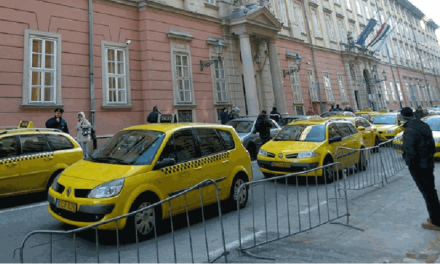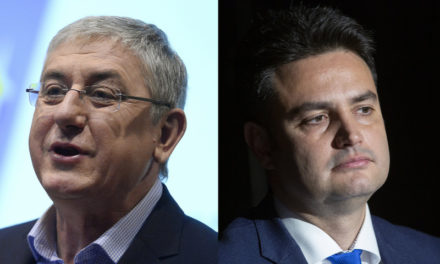The "Somewhere in Russia..." exhibition of the Foundation for Perpetuating the Memory of Those Perished in the Gulags has opened at the Aranytíz Culture House, where the public can now see for the first time the works of János Munkácsy award-winning painter Jakuba made during Soviet captivity, as well as the correspondence of prisoners of war and their family members. The exhibition commemorates the approximately 800,000 Hungarian political prisoners and forced laborers who were transported to the Soviet Union.
On the Gulag Memorial Day, November 25, we remember those Hungarians who, starting in the fall of 1944, were taken to the Soviet Union as prisoners of war or internees for many years of forced labor. After the Second World War, many were exiled to the gulag for five to twenty-five years on the basis of trumped-up charges with the effective cooperation of the Hungarian authorities in the steadily growing communist dictatorship. The exhibition "Somewhere in Russia..." was created to remember them.
The backbone of the exhibition is the János Jakuba (1909–1974), born in Békéscsaba.
In February 1945, in the rank of lieutenant, János Jakuba was taken prisoner by the Soviets during the siege of Budapest, from which he was released on July 15, 1947. The exhibition presents his drawings made while a prisoner of war, in which he captured, among other things, the atmosphere of labor camps, the natural environment, mines, tortured faces, battered military uniforms, hospital interiors, and which he wanted to paint extensively, but in the end he did not have the time to do so.
Jolán Nagyné Pintér , the president of the Foundation for the Perpetuation of the Memory of Those Who Died in the Gulags, stated at the opening of the exhibition that several objects from the gulag were returned home, but the postcards and letters were the most moving, as we know the circumstances in which they were written, in what physical and mental state they were written and the indescribable.
The present exhibition presents rarities, the works of János Jakuba, now on view for the first time, are considered to be a true art historical sensation, which are documents of the era. Imprints of difficult years told through the medium of art. And the letters point to personal destinies, so the reality, the bitter reality of forced labor, shines through the combination of drawings and written lines, he pointed out.
Historian Emőke Kovács, the curator of the exhibition, told Magyar Nemzet that the curiosities created by János Munkácsy prize-winning painter Jakuba János as a Soviet prisoner of war would have stood their ground on their own, but the Hungarian wanted to make this topic even more relatable by presenting the surviving written documents . society, but mainly for the young generation.
Source: Magyar Nemzet, the full article can be read here
Photo: Zoltán Havran













